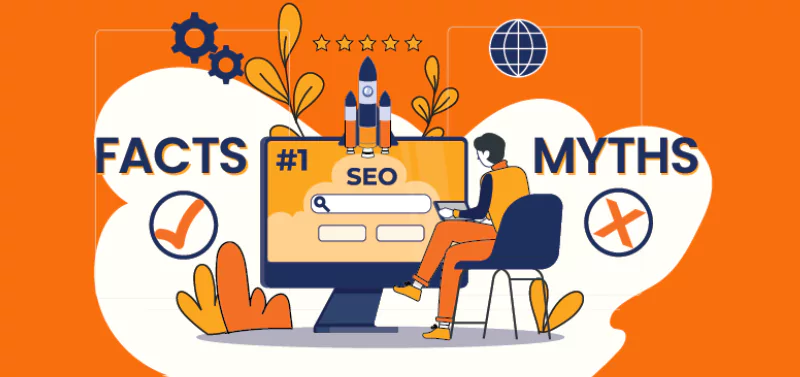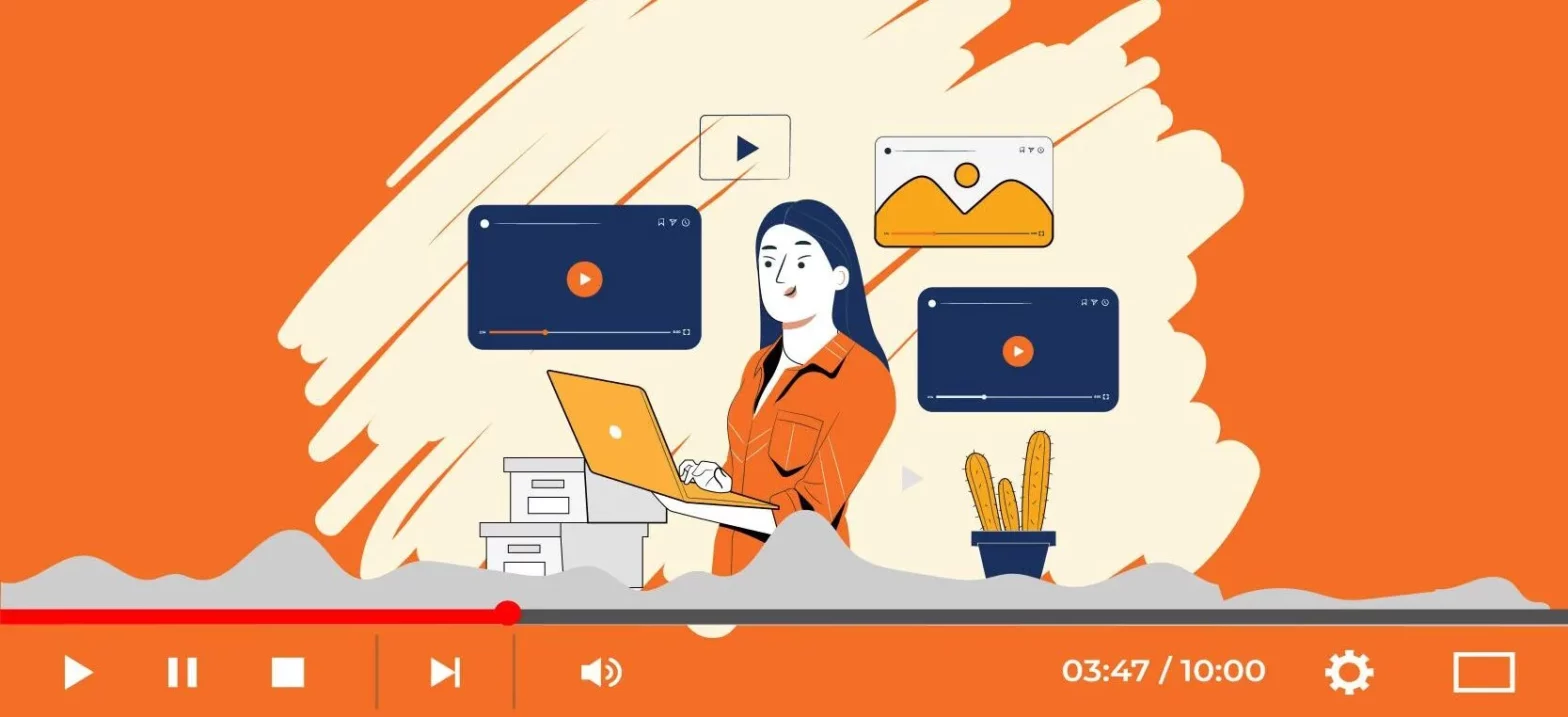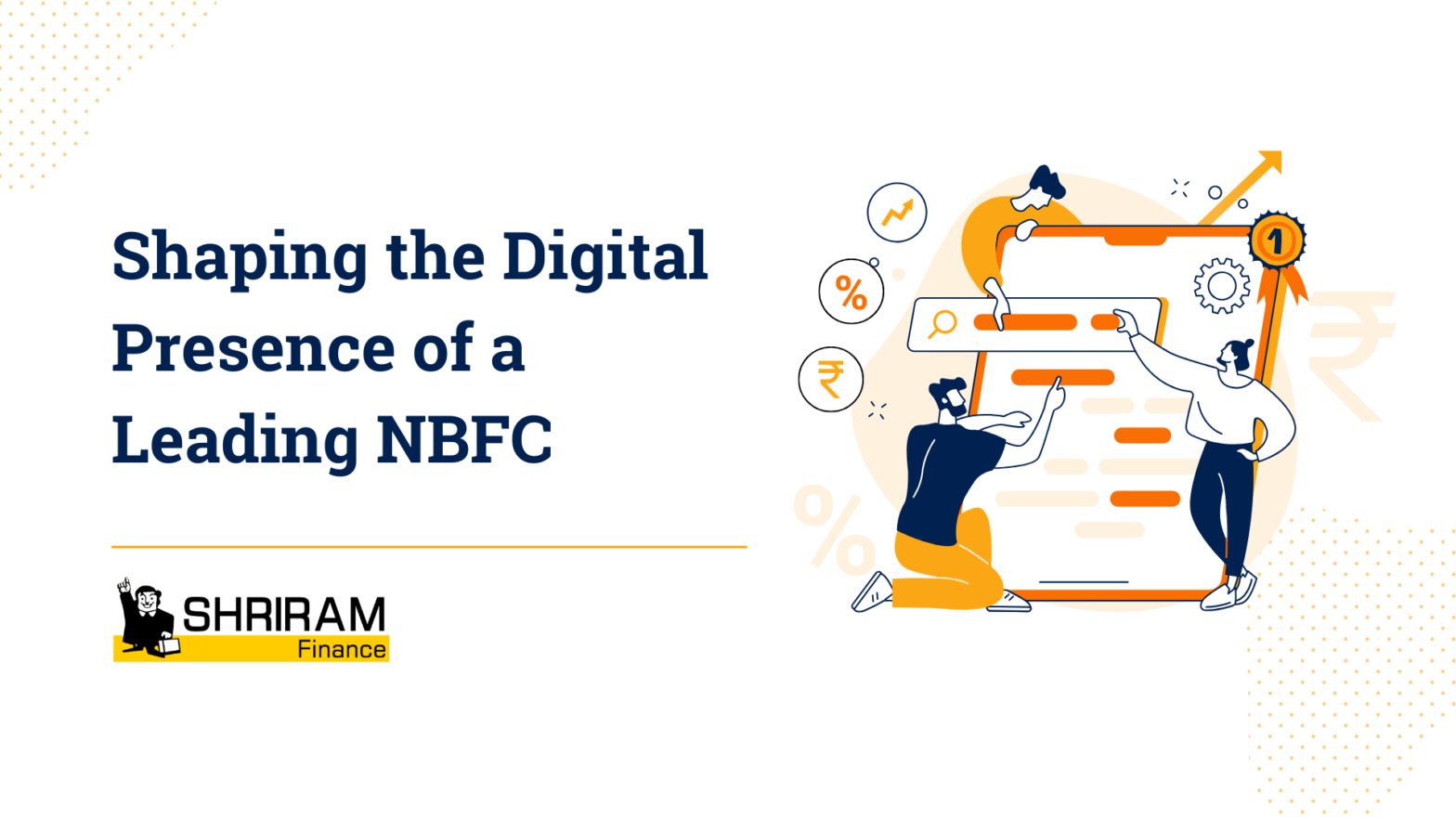Refreshing Content: The Only Way to Get Valuable Content That Ranks Higher
Author: Ishani Dhar Chowdhury
Published On: 22-09-22
Last Updated on: 21-11-23
Estimated reading time: 11 minutes
A cold war is underway in the world of marketing. Businesses are fighting for higher SERP rankings and a solid position in the search engines. At the same time, others believe that it is solely due to the constant revamping of Google’s algorithm since 2017.
Hence, with the increase in market saturation, businesses are looking for innovative strategies to implement in their marketing mix. Amongst these underrated strategies is the idea of refreshing content.
For example, HubSpot quickly boosted SEO, targeted new keywords, and built good backlinks by refreshing old content. In fact, they eventually doubled their average monthly leads generated from old updated posts.

With this strategy, your website ranks higher while generating organic leads without creating new content ideas.
So, are you a business owner trying to understand the idea of refreshing valuable content? Or perhaps you are a marketer scouring the internet for a strategic answer. Either way, this blog chronicles the reasons for the refreshing content strategy, how to identify content, and more.
5 reasons why you should refresh content
Various marketers believe that refreshing content is a commonly overlooked and underrated tactic to help boost SEO. It is necessarily a deep edit, revamp, or enhancement of existing evergreen content on your website.
Before you move on with the content audit to remaster and identify evergreen blogs, you must first understand the reason behind utilizing this strategy. Hence, you should touch base with this concept as a business owner or marketer.
Here are the top reasons for harnessing the refreshing content concept.
1.Improves SEO
Google’s algorithms are ever changing due to the numerous implemented improvements over the years. At the same time, content loses its value as time proceeds. For example, any of your blogs from 2020 may have complied with the rules, but it is no longer the case.
The search engine has a design that makes the content accurate and helpful for others. Hence, it only prioritizes and ranks the fresh, new, or relevant blog posts.
Due to this, older pieces lose the rankings they once had, resulting from expired SEO. This dip in ranking might negatively affect your future SEO tactics without any action. By refreshing content, you get to update the pieces and ensure compliance with the new demands. Consequently, showing SERP that the content is still relevant, accurate, and updated.
It enhances the on-page SEO, but it also improves the content quality and brings back the value. Hence, more users will discover your website, and your traffic will increase.
2.Audience engagement
Let’s face it: nobody likes reading stale and outdated content on the internet. If your audience stumbles upon a non-refreshed old article, they will find inconsistencies with the data provided. Consequently, it dips the engagement rate by increasing the bounce rates.
People would rather read a newer content piece with updated data. Similarly, to retain the audience, you want your reader to skim through the old articles they stumble upon.
That is why you need to refresh your valuable content. With updated content, you will capture the interest of your audience. Indeed, fresh content featuring up-to-date information will increase the time on your website.
Are you interested in revamping your old content to target a new audience through SEO-friendly tactics? Reach out to the experts at WrittenlyHub, and we will take care of everything, from managing Google analytics to identifying evergreen content.
3.Ensure factual accuracy
Misinformation would negatively impact your brand or website, irrespective of the content age. In today’s era, fake news is expected, and audiences might find it hard to trust anything on the internet.
In a Deloitte report, it’s evident that 44% of U.S. consumers find fake news a negative stressor and a problem. Additionally, 88% of customers believe that trust is an essential entity in determining the effectiveness of a brand.

In fact, verifying every piece of content you publish is a mandate in today’s marketing ecosystem. Moreover, to gain organic traffic, your company must instill trust. Otherwise, the bounce rate would be exponential.
You should identify content based on the expiration of factual data before refreshing it. Even if you have fact-checked the articles before publishing them a few months ago, you should revisit the data again. In some cases, your recently published posts can also become outdated due to the constant changes. For example, statistical infographics require regular updates.
So, by refreshing content, you will ensure factual accuracy and generate more faith in your business from the audience. In turn, attracting more customers and increasing audience engagement.
4.Saves time on content generation
Refreshing content also saves time on content generation because coming up with content ideas could get tiring. Indeed, generating unique content ideas can get tiresome and highly time-consuming. Not to mention, content idea generation is complicated and consumes many resources.
Did you know that the primary research for businesses to stop blogging is the simple fact that they run out of ideas?

Instead of going down the same path, you should leverage the art of refreshing old content. Moreover, it takes less time to redo an old content piece than write a new article. Yet, this tactic does not necessarily mean eradicating content creation efforts completely.
Instead, dedicate equal time to both the practices because of the ROI potential. HubSpot is an excellent example because they refresh its content marketing statistics list annually.
The content idea is already there. All the marketers have to do is straighten out the data by performing research. In some cases, refreshing content might inspire new ideas for writing evergreen content.
5.Revamps the content angle and switches up the media mix
In some cases, most of the outdated content is short-term blog posts. These lose relevance quickly because the topics get covered or copied by other websites. When you look at an older blog post, you might notice some generic or mainstream content that all your competitors use.

For example, a subheading “what is content marketing” in a blog about marketing strategies. Such a topic will be readily available in all the blogs related to this keyword.
Instead, incorporate a relevant or different perspective by refreshing the existing content angle. This way, your blog will rank higher and generate unique value. To retain the attention span of your audience, you can leverage video as a tool like 86% of businesses do.
Engaging visuals will transform your outdated content into a fresh, informative piece featuring extra insights. You should always present old content in a new digestible design. For example, infographics, illustrations, and more.
Adding media to your old content will encourage users to revisit the page for more data.
How to pick content for refreshing?
Did you know that outdated content naturally equals missed opportunities for your website and brand? In fact, a business posting blogs regularly tends to receive 2x traffic than less active websites. Such an instance points to the importance of content marketing.
We believe that it is an essential strategic move because, through it, you can:
- Answer all your audience’s questions
- Build trust and develop relationships
- Improve conversion rates while generating leads
Your customers will expect consistent and high-quality blog posts featuring updated and fresh content in this era. However, to ensure that this content remains fresh in the eyes of Google Analytics, you should analyze certain factors like relevancy and intended audience.
To achieve these factors, WrittenlyHub can implement a premium revamp to your website through our creativity and expertise.

Are you ready to harness the power of organic traffic by considering content refreshment? Here are factors to consider.
Low-quality
Consistently posting content for a long time will eventually lead to content decay. Why? It might be because of the irrelevance of your older blog posts as compared to current standards.
Good content on your website takes time to develop, and with the everchanging Google algorithms, nothing seems to stay the same. Therefore, it renders your earlier posts low-quality or irrelevant in today’s terms.
Duplicate content
Content duplication is a persistent issue faced by businesses and marketers who post content daily. In certain situations, the content you write today might overlap with the topic you wrote a few months ago. Moreover, if you publish this, Google will view the content as duplicate and block it from ranking.

Google stands for uniqueness, so duplicating content is a big no for businesses and marketers. To eradicate both low-quality and duplicate content, you must refresh old blogs and be transparent about it.
The crawl budget
Did you know that Google does not index your entire website in some instances? Even with the crawl budget speculations, you should determine the number of pages you want Googlebot to crawl simultaneously. Understanding what kind of pages Google is about to crawl during the content refresh process is essential if you want to use high-performing SEO tactics.
For instance, your website’s rank might dip if it indexes the old post while overshadowing the newer and relevant page. Hence, consider that old content might eat up your valuable crawl space.
Impression for relevant terms
Organic traffic from outdated content is excellent for the website. However, it is not so practical for visitors who find it based on unrelated keywords to the content. In most cases, it happens due to irrelevant titles and turns of phrases audiences are searching for.
You can avoid such useless traffic by refreshing a piece of content and changing up your keyword research. Doing so will reduce the bounce rates.
You can determine these factors by performing a content audit before refreshing your blogs or articles.
The right time for refreshing content
To recognize the perfect timing for a valuable content refresh, you should first understand the content lifecycle.
- The initial phase would be the typical spike in traffic after the blog gets published for the first time
- From there, the popularity usually drops off due to the saturation in the market, with over 3,500,000 blogs
- After this, the content disappears, and enters a trough phase
Depending on the value of your piece of content, you might eventually enter an evergreen, steady growth phase. Consequently, evening out the performance while keeping the growth stable in the plateau state.
Keep an eye on Google Analytics during this phase because your blogs or articles might enter a content decay avenue once traffic takes a downturn. That is where the importance of content auditing comes in. Upon auditing, you will identify what blog posts to refresh by analyzing the essence of content decay amongst them.
Ideally, refresh a decaying piece within the first year or 66 weeks of publishing. As a rule of thumb, you should follow this updating routine shared by ReliableSoft:
- Magazines – Several times per day
- Informative blogs – Three updates per week
- Corporate articles – Two times per week
- eCommerce store – Every time you have a service or product revamp
The bottom line
You now know the importance of refreshing content that ranks higher on a search engine. It is crucial to target high-quality content on your website as it helps you harness the true power of Google Analytics.
It improves SEO and increases audience engagement while maintaining factual accuracy. Similarly, it saves time, boosts the media mix, and enhances the content angle.
Indeed, with the help of this tactic, you can revamp the outdated content and bring in organic traffic.
However, you must target evergreen content because it retains its relevance and impression over time.
Consequently, you should also consider your crawl budget and Google’s E-A-T concept.
With so many instructions, this strategy might seem hectic, even if it is straightforward. The content experts at WrittenlyHub can help you relieve this stress. We specialize in freshening up your old content to reap the best ROI. If you are interested in seeing how we could help you improve SEO and bring in organic traffic, reach out to us today.
Frequently Asked Questions
1. How do I revamp old content?
The first step toward revamping old content is finding good blogs to update on your website. From there, you need to eradicate the inaccuracies and edit outdated data.
Consequently, you should check for 404 links and 301 redirects in the webpage to determine any changes required in the backend. Once done, you should move on to create new headlines while updating meta-descriptions, keywords, images, and CTAs. At the same time, you could even transform boring articles into audio-visual and graphical content.
2. What is a content refresh?
Essentially, a content refresh is nothing but a deep edit of any existing web content. You can refresh content types like web pages, guidebooks, articles, FAQs, and more to make them compliant with today’s SERP demands. With the help of this refreshing content technique, you can revamp your outdated content and turn it evergreen while generating effective ROI. It is crucial because it boosts SEO, enhances customer engagement, and ensures factual accuracy.
3. What are the benefits of updating website content?
There are multiple benefits linked to refreshing content regularly. Some include enhanced traffic due to better content and a comprehensive keyword content strategy. As a business owner, you should update the content because the trends and target audiences keep changing. Moreover, it ensures factual accuracy while eradicating low-quality and outdated content from your website. Constant updates ensure that the crawler gets to visit your website and index it regularly to help your rank better and bring organic traffic.
4. Why is content freshness important?
Content freshness is crucial as it impacts SEO rankings and user engagement. Search engines favor recently updated content, viewing it as more relevant and valuable. Fresh content also keeps your audience informed and engaged, reflecting your brand’s current stance and expertise in your industry.
5. How often should you update website content?
The frequency of updating website content depends on your industry dynamics and audience needs. Generally, a monthly review is advisable. High-traffic pages or those with time-sensitive information may require more frequent updates. Regularly updating blog posts and key pages ensures your content remains relevant and SEO-optimized.
























































































































